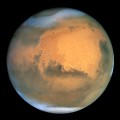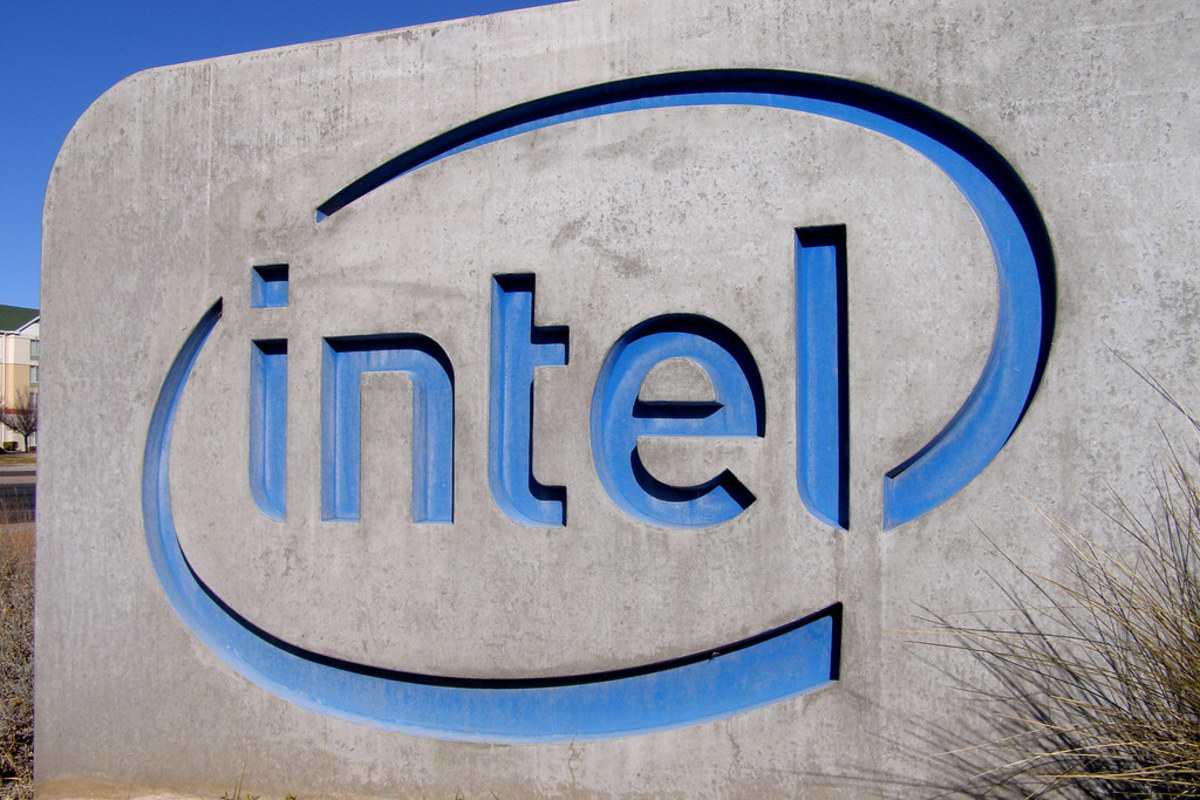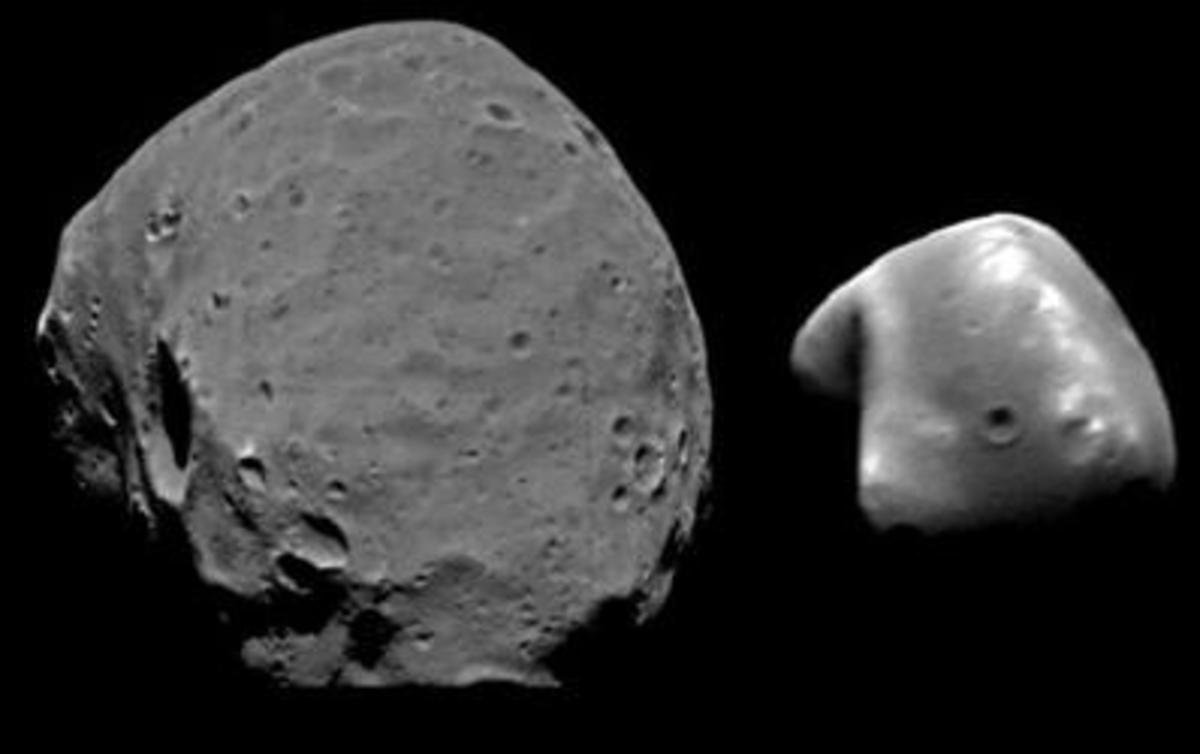America Builds Moon Habitats and Lunar Station For Use 2018 - 2035
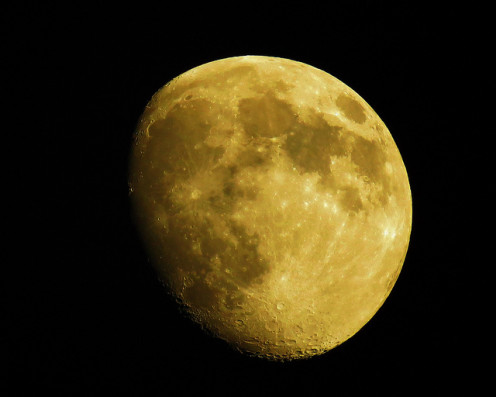
Lunar Landings 2015 - 2018 Startle the American Public
A dearth of publicity or a disconnect with readership has functionally hidden the fact that American private and public space explorers will journey to the moon again around the year 2018.
Vehicles for landing on the moon were completed back in 2013 in the Google LunarX Prize contest, with the contest producing still more landers. A single loop around the Moon is scheduled by NASA for September 30, 2018, but private companies may beat that mark and space agencies in China, India, Russia, and the EU might be able to do the same.
NASA is not completing its mission to the Moon alone, but with major contributions of manpower, manufacturing, and spacecraft provided by private aerospace companies, along with partnerships with EU and other countries. Japan's agency (JAXA) has partnered with NASA on many projects and already has joined with us to patrol the skies and clean up space litter beginning no later than 2019.
From 1990 - 1994, I studied Preventive Medicine that included Space Medicine and found it intriguing. Today, we can see all our predictions on Life and Work in Space coming true. This is a giant accomplishment in only two decades of work by aerospace companies, space agencies, and research organizations. After all, credible air flight began only in 1903. We landed on the moon for the first time 66 years later. At 112 years later, we are nearly on Mars.
Countdown to 2018
Startling many people to hear such a notion, Ohio itself is home to over 1,200 such aerospace companies, as well as Wright Patterson Air Force Base, NASA's Glenn center in Cleveland (working on teleportation and breaking the speed of light), universities with Space Medicine departments, and many additional elements helpful to future moon landings and excavations.
If Columbus, Ohio's Jeffrey Manufacturing Company (1876 - 2011) were still in the manufacturing business of mining, highway, and related machinery, then it would be involved as a member of the NASA Commercial Crew, specializing in asteroid mining between Earth and Jupiter, and in He-3 mining on the moon. for over a hundred years, it produced everything from bicycles to mining machines, to vehicles used in WWI and WWII.
NASA's Commercial Crew and independent research teams from global companies and American universities had, in mid-2015, already built lunar landers for our return to the moon. In fact, during the Google LunarX Prize contest, several landers were ready in 2013, before the December 31, 2015 deadline.
If Jeffrey Manufacturing Company were still in business, it would be a member of the NASA Commercial Crew, specializing in asteroid mining and He-3 mining machinery.
The Orion
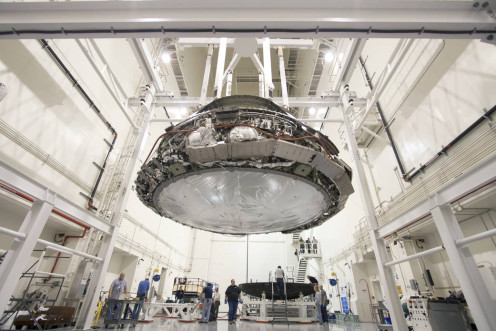
For a riveting version of an American Mission to Mars, see Matt Damon in the November 2015 release of the film "The Martian." He plays a genius who figures out how to colonize the planet by himself - at least for a while.

America Goes To Mars and the Asteroid Field
Planetary Resources is a premier asteroid mining operation actively working in this field since 2012. Operated by former or current Google leaders, James Cameron, Sir Richard Branson, and others, the company have been planning for a few years to build such a lunar station or base of operations. It would be used as a launch site for asteroid mining spacecraft to the far side of Mars in the near future, and for water extraction from those asteroids as well as extraction of iron and water from asteroids between the moon and Mars.
Another asteroid mining company is Deep Space Industries, which operates with a Star Trek® like theme. They also have plans for building mining related habitats. Two newer companies headed for Luna and Mars are Moon Express and SpaceIL.
Best Resources On Luna, Mars, and Asteroids
- Iron
- Iron Silicate
- Magnesium Silicate
- Nickel
- Platinum-Group Metals
- Water - Water is frozen in parts of the Moon and in some asteroids.
- He-3 - For use in creating nuclear power.
- Space Based Solar Power - No cloud cover or rainy days.
Helium-3 (He3) is gas that has the potential to be used as a fuel in future nuclear fusion power plants. There is very little helium-3 available on the Earth. However, there are thought to be significant supplies on the Moon.
— Christopher Barnatt; explainingthefuture.comAerospace Manufacturing Increases 2015 - 2025
Privately held companies have built their own modules for outer space habitats. In addition, modules for Moon and Mars stations are in development around the world. China and India both want the resources available there and to plant colonies of settlers.
Five primary landing spots on Mars have been determined thus far and reported in Forbes Magazine.
Aerospace related job creation took an swing upwards in 2014 and the end of that trend is not in sight. In the near future, many more positions will need to be filled, from engineers and technicians to builders and miners, agriculturalists, and support crew. Healthcare professionals are needed in space as well. We do not yet know what newly imagined jobs will open.
Author Homer Hickam, a former NASA engineer featured in the film October Sky and the book rocket Boys wrote about the upcoming push towards He-3 mining several years ago in Back to the Moon. Dan Brown (The DaVinci Code)wrote about this as well in Deception Point, way back in 2001. In Brown's novel, not only are we mining He - 3, but others are trying to steal it from us.
Phase I: May 16 - September 27, 2015
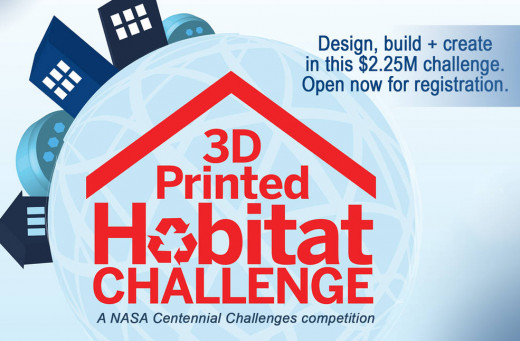
Space Habitat Contest
Few Americans know that a 3D Printer space habitat building contest was under way in 2015.
The 3-D Printed Habitat Challenge is a part of the ongoing series of NASA challenges and this one pays out $2.25 Million. It's all about sustainable housing on earth as well as on Luna and Mars - perhaps even on large asteroids.
At the end of September 2015, the first part (Design) in this challenge will end with 30 semifinalists chosen and an overall winner of $50,000 at the 2015 World Maker Faire in New York State.
The second half of the competition deals in two parts that together will result in real, sustainable housing to be used on Mars. each of the two parts offers a $1.1 Million prize.
3D Habitat Challenge on Twitter
Follow @3DPChallenge:
- Tweet 6/12/2015: Our team represents @natlmakerfaire Luv the patriotic shoes @robgorham @NCDMMnews @3DPChallenge@NASAPrize #GoTeam
Competition In Space Stations
A possibility of cooperation exists between USA and Russia in building a new International Space Station after funding runs out on the present station in 2024. However, bigger news is that Russia and China seem to be partnering to build a scientific research station on the Moon. Both countries have the capability to do so. The EU announced in May 2015 that they would like to establish an International Moon Station themselves.
Meanwhile, Rice University Students (Popular Science, 4/28/2015) completed designs and construction of light flexible space furniture for habitats "out there", under a commission from NASA. Bigelow Aerospace in America has an inflatable habitat in which we might place the furniture. The company is attaching an expanding habitat onto the ISS in September 2015 for two years in order to test its durability. This may show that space stations on moons and planets might easily be modular.
Many interests intent on settling the Moon are gathering, so NASA says to keep their hands off NASA's stuff.
Space Habitats and Human Health Are a Prime Concern
NASA leaders and the medical community largely agree that human health is the number one concern on such a space station, according to my studies in Preventive Medicine.
This is why Astronaut Scott Kelly and a cosmonaut have begun spending a year at the ISS to examine body system deterioration and related matters. Russians have already spent a year and longer in space, but we do not have that data. In a year, we can compare Scott's health status to his brother astronaut Mark Kelly's health status on the ground.
Initiating gravity on the space station may be the answer to end the deterioration. We'll know within a decade of this writing, when the 2013 NASA Astronaut Class will be nearly ready to go to Mars. The exploration mission is the primary goal for the four men and four women on the team.
None of this takes into consideration the progress of the Dutch Mission to Mars, in which several people will colonize the planet in 2023 and not return to Earth. However, they must first survive a reality show on Earth.
Space is disease and danger, wrapped in darkness and silence.
— Dr. Leonard McCoy, Star Trek: TOSLife In Space
Which one of these space maladies would be the worst for you?
Future Considerations for Maintaining Health
No way can I stand a stuffed-up nose! However, none of the conditions above is comfortable or safe.
NASA and the medical community at large are working on these issues embedded in life in space. If these conditions can be overcome, we will have also found new treatments for people with similar problems on Earth. Until we find solutions to all of these problems. astronauts and space tourists will suffer some ill health, but the rewards of exploration and mining minerals we need are enticing.
All I Ask Is a Tall Ship and a Star to Steer Her by...
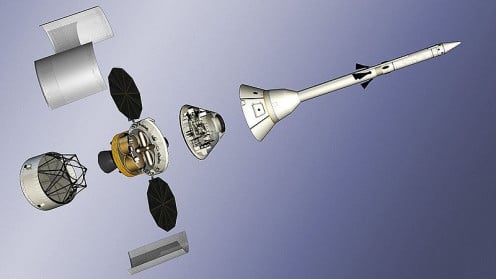
© 2015 Patty Inglish MS

